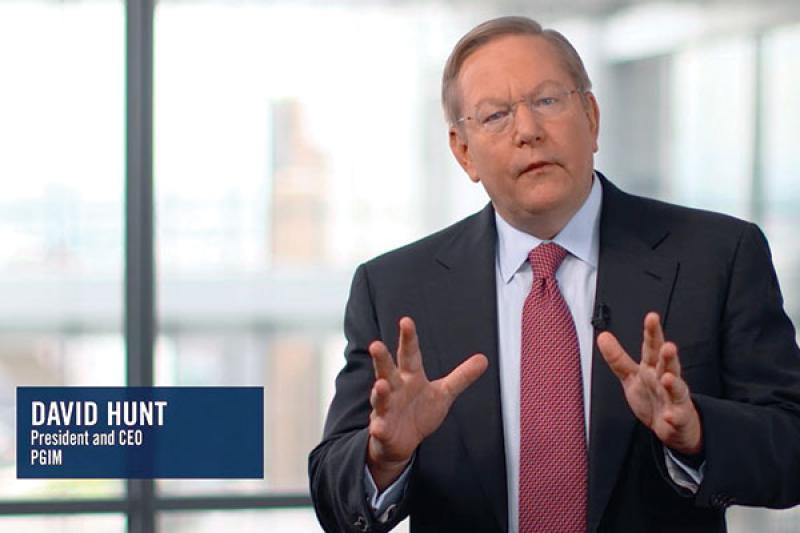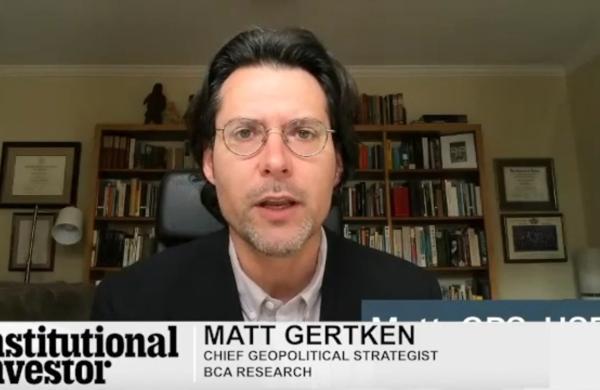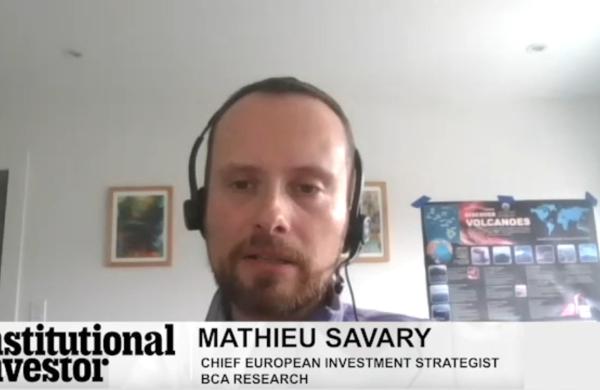Even before the COVID-19 pandemic, low and negative interest rates and climbing valuations were making it difficult to construct a credit portfolio for all seasons. With the additional issues presented by the pandemic and its resultant economic fallout, the challenge became that much more difficult. You’d never know it speaking to Colin Purdie and Josh Lohmeier, however. Purdie, Aviva Investors’ Chief Investment Officer, Credit, and his colleague Lohmeier, Head of North American Investment Grade Credit, don’t downplay investor concerns – but they are confident that their approach and strategy can handle whatever global markets throw at them. II recently spoke with Purdie and Lohmeier about where they see value and alpha in the credit market right now.
We’re not trying to pump the gas or the brake, or time the market. Ours is a story of allocating risk more effectively than the market. We’ve built our entire strategy around portfolio construction and risk allocation so that we don’t have to guess the possible direction of the market. If we can achieve a better understanding of why and where credit benchmarks are inefficient at a point in time, and still get great idiosyncratic ideas bubbling up from our research team, our job as portfolio managers and risk allocators is to put those pieces of the puzzle together in a more thoughtful way. The end goal is to deliver consistently positive outcomes for the same beta as the universes we’re being asked to manage against.
This crisis escalated quickly, but there was no need for us to panic at that point. Our beta was in line with the benchmark, so it wasn’t as if we were sitting long, felt wrong, and needed to jump out of it. The process stayed the same, but obviously we looked at things slightly differently. We’d been running with a positive technical in markets for a number of years in Europe based on everything the ECB [European Central Bank] had been doing with buying bonds. Alongside the positive technical environment, the prevailing fundamental story was that economies were starting to improve, and Europe ticking up from what was a relatively mediocre place. Then the pandemic struck, and the conversation suddenly changed to, “Well, actually, this is going to have a very sharp, potentially short but deep impact on economies, and it’s going to impact some sectors more than others.”
In the U.S., for example, the banking sector got hit quite quickly, because people were thinking it was going to be 2008 all over again. We determined immediately that it wasn’t a financial crisis, but a corporate crisis. So, it was a matter of looking at sector fundamentals and valuations and balancing that against the technicals – which were changing all the time – and trying to ascertain whether we were getting paid for the risk that we’re taking. Our process had us in the place we wanted to be – we didn’t need to offload risk as quickly as possible.

No, we still have a view on the markets. Allocating risk is like dancing a delicate tango – you work very hard to figure out where the best value is across sectors, curves and ratings, then you strategically position your risks in a way that allows you to neutralize your beta to the benchmark – all while getting rich alpha from your top idiosyncratic picks and being more efficiently allocated structurally. Overall, I don’t think our industry does a very good job of allocating risk. It does a great job of finding idiosyncratic things it likes and can articulate, but not a great job of holistically putting it together in a more thoughtful way that gives a client a better risk-adjusted return. That’s the area of the market where I think we’ve excelled, and we’ve really seen a lot of external growth over the last couple of years on the back of that process and that message.
We create a portfolio based on the world we think is going to happen, and then we stress test that portfolio against different environments, including severe systemic shocks. We do that to make sure the core portfolio we’ve built for the world we think is going to happen is also downside protected in a systemic shock environment. By forcing your portfolio to always serve those two masters, you’re prepared for an environment like we experienced in Q1. Instead of scrambling to change your strategy or position, you’re immediately going on offense and thinking, “Based on what I know now, and based on the valuations I see today post-volatility, where can I shift risk to take advantage of it?” You’re not adding or reducing risk at that point, you’re trying to recycle risk.
One key area is the six-, seven-, and eight-year part of the IG [investment grade] credit curve for riskier credit, relative to the one- to five-year part of the curve. Structurally, we think it makes sense to own more of your riskier beta in the belly of the curve – between six and 10 years, and still have plenty of core defensive positions out on the longer duration part of the market, knowing that fundamentals in valuations have gotten a little stretched. The very front end one- to five-year part of the IG market has been incredibly bid up. Valuations are stretched based on where we’re at in the economic recovery. The technical/stimulus tail has wagged the dog with regards to valuations across all risk assets.
Now it’s about hunting and pecking to balance opportunities that you believe in fundamentally, versus the technical argument, and a very real risk that governments are going to do their best to inflate anything they can, including risk assets – so the technicals can keep grinding tighter, as well. Everyone knows that’s where the Fed is focusing its corporate bond buying and its liquidity measures: the market has grasped hold of that and almost priced it in as if companies can’t default. We would caution investors and say, “They’re providing liquidity, they’re not providing revenues or cashflows, so don’t mistake liquidity for bailouts.”

From a global perspective, the technicals and the fundamentals pull you in different directions. For long-term investments, we’re looking to sectors where we have confidence in the cashflows and the business models. We’re not taking a bet on any particular timing for a vaccine or recovery of a particular industry. We hope a vaccine will come through at some point, but consumer trends have changed or accelerated. How people do what they do – and where they do it – will be different, even if there’s a vaccine. We have confidence in IG because of that buy-in that’s forcing people to look for yield, but at the same time, know what you’re buying, know your credits, and understand that the world has changed. A lot of companies that don’t adapt to change will ultimately suffer, and some within the high yield space are clearly going to default. So, one trading theme right now is to stay where we have visibility on cashflows and business models.





